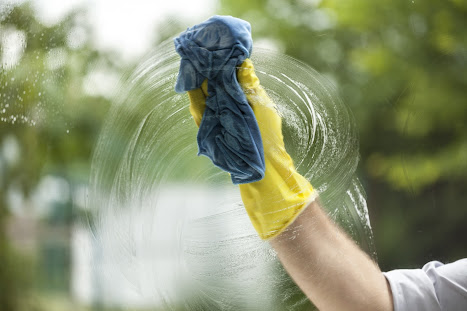How to Get Rid Of Moss on Your Lawn
Moss is made up of small plants that provide habitat for invertebrates. Many mosses are natural and benign and form part of a natural succession. They protect soil from erosion and cover any ground that is not covered. Although Greenleaf Tree and Property Services it does not harm your grass, moss can get into your lawn if it has started to die. You will need to use both chemical and physical methods to remove it. Home owners and gardeners are increasingly interested in moss as a natural beauty and to reduce the use of chemicals. The perfect lawn would have moss. If you don't like the look of moss on the lawn, read on.
Physical and Chemical Moss Elimination
Scarification is used to remove any moss. Scarification is also known as dethatching. It involves vigorously raking the lawn to remove any loose moss or other organic material.- You can also do it by hand if you have a small yard. You can simply rake your yard with enough force to remove the moss. Use a spring-tine or spring-tinte rake.
- A dethatching blade can be purchased for larger lawns. Adjust the height so the tines touch the soil. However, if it is set too low, your grass will be removed. This method will allow you to thoroughly clean your lawn and get rid of any moss.
- You can rent a power mower if your lawn is larger. These rakes have a rotating spindle and flat blades that help loosen the thatch. These can be rented from most home improvement shops.
- If you use a chemical herbicide to kill moss, it is important that your lawn be dethaxed before applying any chemicals. Before you dethatch, wait the recommended time per package.
- Please Note: The WHO considers Glyphosate a probable human cancergen. Some states and countries ban its use. It is important to check the local laws before handling this chemical.
- This chemical is absorbed by leaves and then transferred to the root zone.
- The conditions that make glyphosate work against moss are not yet known. However, it is recommended to apply the herbicide only when there are no other plants.
- Follow the label instructions as with all herbicides.
- Iron can weaken moss and often kills it or makes it easier to remove.
- Spray the mixture in a 5 gallon (20L) container over 1000 feet (304.8 sq. meters). Mix 3 oz (90ml) iron sulfate with 5 gallons (20L) water.
- For every 4 gallons (16 L) copper sulfate, you should use 2 to 5 oz (60-150 ml) of the mixture. Spray this mixture on a 1000 foot (304.8 sq. meter) area.
- Follow label instructions with care
Use a soap that kills moss. The soap is a cryptocidal and kills the moss upon contact. This chemical bleaches moss and turns it yellow-yellow. It should only be used sparingly.
- These soaps are safe for sidewalks and other structures.
- This treatment is most effective when it is dry and moss is at its lowest.
-
When applying nitrogen fertilizer, be sure to follow all instructions. The turf will be more dense if nitrogen fertilizer is properly applied and timed. Light applications are possible in spring and fall.




Comments
Post a Comment